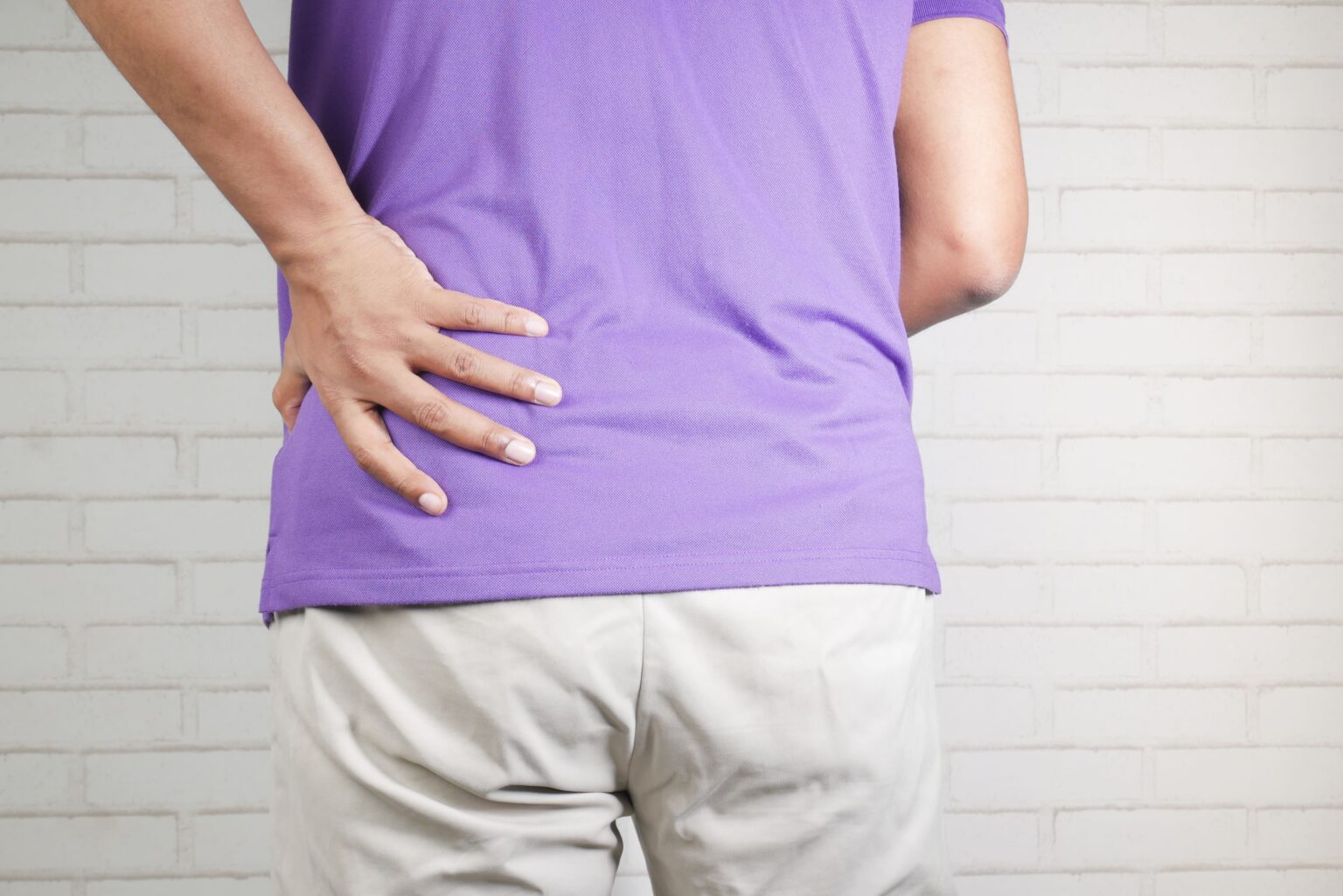SCHEDULE AN APPOINTMENT WITH US
Are Your Symptoms Affecting Your Quality Of Life?
Consult our MOH-accredited orthopaedic specialist for a detailed consultation & personalised treatment plan today.

Snapping Hip Syndrome, also called “coxa saltans” or “dancer’s hip,” is a condition where individuals experience a snapping sensation or sound in the hip during movement.
This snapping occurs when tendons or muscles rub over bony structures in the hip. It is often caused by structural imbalances or repetitive hip motions. While usually painless, it can become uncomfortable or painful over time, particularly with increased activity.
Symptoms can vary depending on how often and how severely the hip snaps. Common symptoms include:
The primary symptom is a noticeable snapping or popping sound in the hip during movement, such as standing up, walking, or rotating the hip. The snapping may be felt on the outside or front of the hip, depending on the tendons or muscles involved.
In some cases, particularly when snapping occurs frequently, discomfort or sharp pain may develop. This pain typically worsens with repetitive hip movements or prolonged activity.
Over time, the affected hip may become weak, or individuals may experience a limited range of motion due to repeated irritation or inflammation in the tendons.
Snapping Hip Syndrome is generally caused by one of three main issues related to the movement of tendons or muscles around the hip joint.
Snapping Hip Syndrome is classified based on where the snapping occurs. Determining the type of snapping hip helps guide treatment.
This occurs on the outer side of the hip, often caused by the iliotibial (IT) band or the gluteus maximus muscle moving over the bony part of the hip (greater trochanter). People with external snapping may hear or feel a distinct “pop” during movements like walking, climbing stairs, or getting up from a seated position.
This type of snapping happens at the front of the hip, usually caused by the iliopsoas tendon (a hip flexor muscle) moving over bony structures near the hip joint. Those with internal snapping often feel the pop or snap when lifting the knee or bending at the waist. It can occur during activities like sitting up, cycling, or dancing.
This type involves issues within the hip joint itself, often due to loose fragments of cartilage or labral tears (damage to the cartilage rim around the hip socket). Intra-articular snapping can feel deeper within the hip and may cause a more complex or painful snapping sensation. It is less common but can lead to more intense pain or a feeling of the hip “catching” or “locking”.
Diagnosing Snapping Hip Syndrome typically involves a combination of a physical examination and imaging tests to identify the cause and type of snapping.
SCHEDULE AN APPOINTMENT WITH US
Consult our MOH-accredited orthopaedic specialist for a detailed consultation & personalised treatment plan today.
Treatment for Snapping Hip Syndrome typically starts with non-surgical methods, focusing on symptom relief and preventing further irritation of the hip structures.
A targeted physical therapy programme can help stretch tight muscles and tendons around the hip and strengthen supporting muscles. Specific exercises may focus on improving hip stability and reducing snapping sensations.
Inflammation, or swelling, can occur when tendons are repeatedly irritated from snapping over bones. Non-steroidal anti-inflammatory drugs can help relieve pain and decrease inflammation during flare-ups.
Corticosteroids are anti-inflammatory medications injected directly into the irritated tendon or tissue near the hip joint. These injections can temporarily relieve pain and reduce inflammation in the affected area. However, because repeated corticosteroid injections can weaken tendons over time, their frequency is typically limited.
Surgery may be considered if non-surgical options fail to provide adequate relief or if structural issues require correction.
This surgery loosens or lengthens the problematic tendon to reduce tension and friction over the bone, alleviating the snapping sensation. Typically performed arthroscopically, it minimises scarring and allows for faster recovery compared to open procedures.
This is a minimally invasive method used to treat intra-articular issues like loose cartilage or labral tears. It involves the use of a tiny camera and specialised surgical tools inserted through small incisions around the hip. This allows surgeons to visualise and address the damage precisely, repairing or removing damaged tissue while minimising pain and promoting a quicker recovery.
For more complex cases, open surgery may be needed. This involves a larger incision, allowing the surgeon direct access to the hip joint for reshaping bones or making adjustments to tendons and muscles. Although it has a longer recovery time, it is necessary for addressing severe abnormalities or damage effectively.
Preventing Snapping Hip Syndrome involves maintaining flexibility, avoiding repetitive hip motions, and strengthening surrounding muscles. Regularly stretching the hip flexors, IT band, and other key muscles keeps tendons flexible. Warm-ups before intense activities and gradual conditioning can prevent tightness, while proper movement techniques in sports help minimise hip strain.
Monday – Friday: 9.00am – 6.00 pm
Saturday: 9.00am – 1.00pm
Sunday & PH: CLOSED
Monday – Friday: 9.00am – 6.00 pm
Saturday: 9.00am – 1.00pm
Sunday & PH: CLOSED
Get Started
While Snapping Hip Syndrome is usually not harmful, leaving it untreated can lead to ongoing discomfort, reduced range of motion, and, in some cases, chronic inflammation or joint irritation. Addressing symptoms early can prevent complications and improve long-term outcomes.
Not necessarily. Low-impact exercises, such as swimming or cycling, are usually safe and may even help strengthen the hip without causing snapping. High-impact activities and exercises that worsen symptoms should be avoided or modified to prevent strain on the hip.
Recovery time depends on the type of surgery. Arthroscopic surgery generally requires a shorter recovery period (about 4 to 6 weeks), while open surgery may take several months. Physical therapy is often part of the recovery process to restore strength and flexibility.